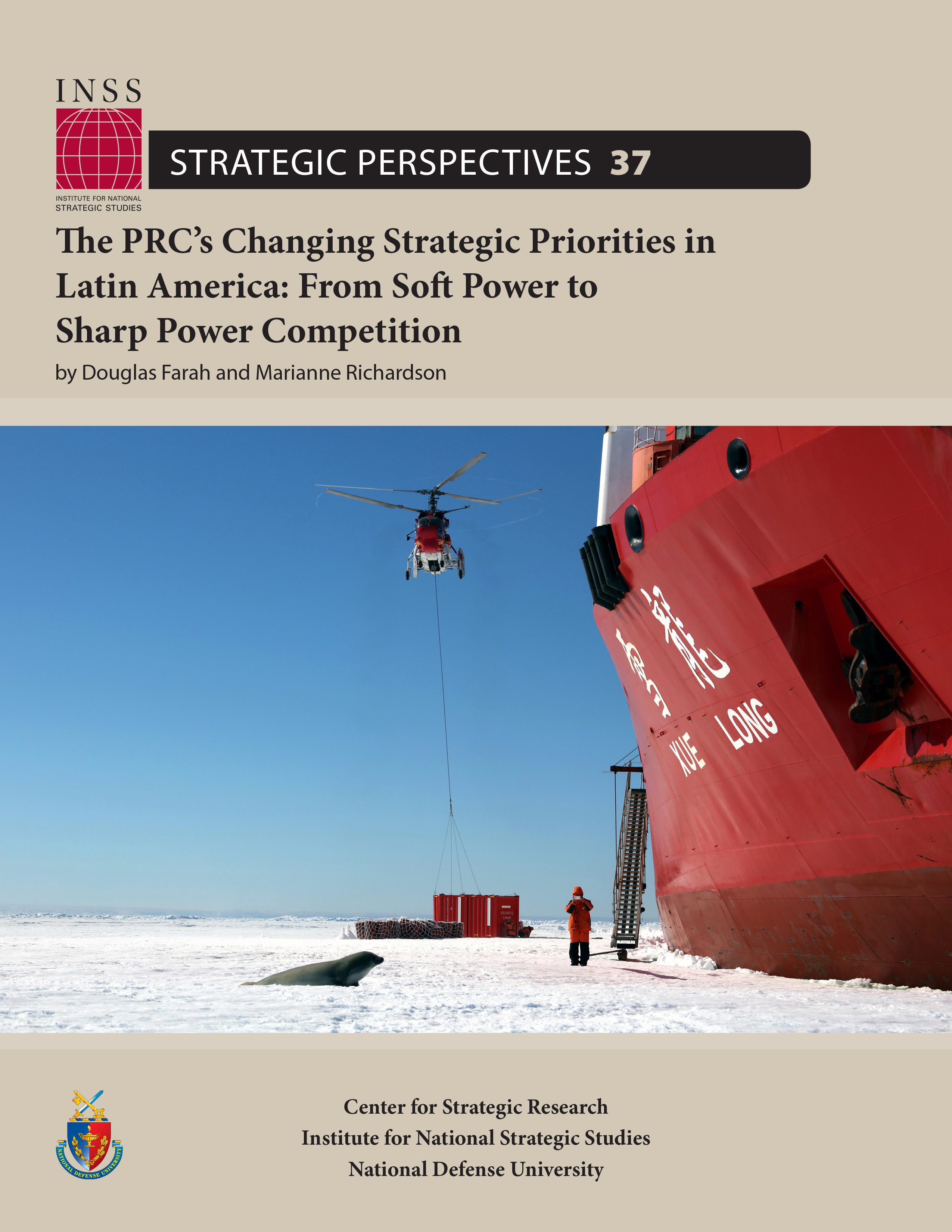Download PDF
Executive Summary

For the past 15 years, the willingness of the People’s Republic of China (PRC) to give billions of dollars in loans across Latin America created the perception that the PRC is spending unlimited resources to woo allies in a region where the United States historically carries significant influence. Currently, the PRC is heightening this perception by delivering millions of COVID-19 vaccines to Latin America, buttressed by a robust media operation to shape the information environment.
Far less visible are the PRC’s concerted regional efforts to reshape commercial supply chain architecture, cyber and telecommunications systems, and markets to depend on Chinese technologies, standards, and hardware for the PRC’s long-term benefit and America’s loss. To support this strategy, the PRC developed a growing state-sponsored media machine that now wields a larger footprint than all combined Western media in the hemisphere. The strategy’s elements call to:
- Acquire ports, electricity utilities, and space exploration facilities in the Southern Cone. These milestones provide the PRC with access to the South Pole, establish their expertise in infrastructure development, set standards in the ongoing bids to develop 5G networks, and change regional trade routes through the Paraná River dredging project.
- Expand surveillance through “safe cities” projects. These initiatives provide governments with surveillance capacity to fight crime in urban areas, but the data infrastructure gives the PRC real-time, unfiltered access to massive amounts of data and intelligence. The technology agreements expanding 5G and Internet infrastructure also give the PRC regional Internet dominance over the next decade. Authoritarian regimes use safe cities technology to suppress internal dissent.
- Access strategic ports and controlling territories in Central America. The PRC has new access to the Panama Canal and Colon Free Trade Zone. In El Salvador, the PRC negotiated port control, purchased an island, and sought privileged economic control over roughly 15 percent of the national territory.
- Expand the reach of the state-run Xinhua media conglomerate. This helps the PRC push an anti-U.S. narrative and introduce its presence as benevolent, using the COVID-19 diplomatic blitz.
- Increase PRC participation in Latin America’s multilateral regional integration associations, particularly those designed by the Bolivarian alliance to exclude the United States.
- Diversify and decentralize engagement methods. Decentralized tactics range from state-to-state engagement to municipal collaborations and business investments by companies not directly owned by the state.
Across the region, the PRC’s strategy increases support for authoritarian regimes connected to the Bolivarian Joint Criminal Enterprise and other anti-democratic populist governments.1 It also enhances surveillance used for political control and repression, increases PRC-sponsored transnational organized criminal activities, grows corruption and impunity, and reduces accountability. These developments erode trust in the democratic process, fundamentally undermining democratic institutions, rule of law, and stability in the Western Hemisphere.
Read More